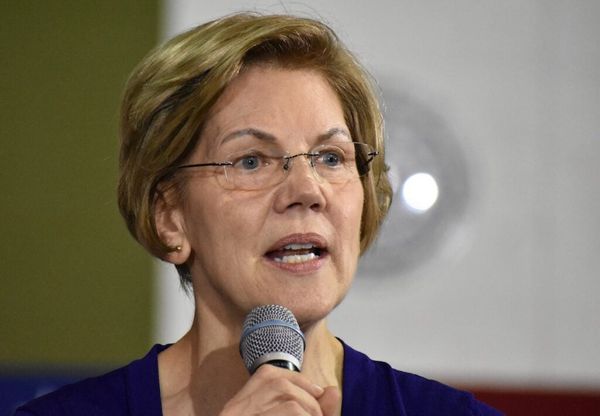
President Donald Trump has signed an executive order aimed at easing efficiency standards for household appliances and fixtures as part of his pledge to 'unleash American energy.' This move could potentially lead to higher water and electric bills for consumers.
The standards in question cover a range of household items such as dishwashers, showerheads, refrigerators, laundry machines, toilets, and more. These standards are designed to reduce energy and water consumption, ultimately saving consumers money in the long run despite potential higher upfront costs.
What Did Trump's Executive Order Say?
Trump's order emphasizes consumers' freedom to choose from a variety of goods and appliances, including lightbulbs, dishwashers, washing machines, gas stoves, water heaters, toilets, and showerheads. The president's personal concerns about water flow from showerheads have influenced his stance on these efficiency standards.
Existing Standards and Potential Changes
Current federal energy law limits showerheads to 2.5 gallons of water per minute, with the Obama administration extending this restriction to cover the entire showerhead. During Trump's first term, he relaxed this rule to allow each nozzle to spray up to 2.5 gallons. However, the Biden administration reversed this decision in 2021.
Consequences of Changing Policies



Experts argue that energy efficiency standards play a crucial role in reducing emissions and combating climate change. These measures not only impact consumers' bills but also contribute to broader environmental goals.
International Efforts and Consumer Impact
Efficiency improvements are seen as a cost-effective way to address climate change globally. While there are no mandates on consumer purchases, studies show that energy-efficient appliances are well-received by consumers, with many opting for them to save money.
Overall, the debate over energy efficiency standards for household appliances reflects a broader conversation about sustainability, consumer choice, and environmental impact.







